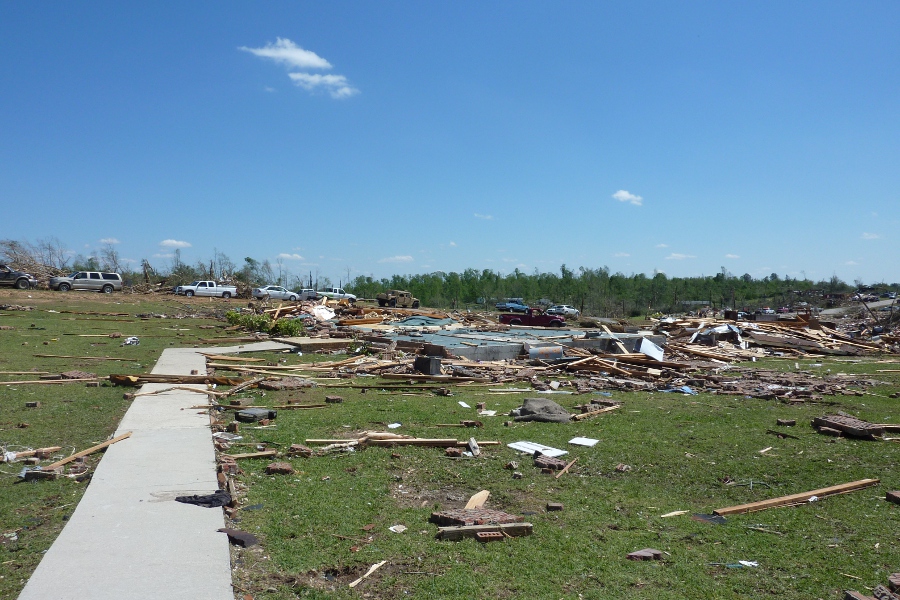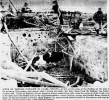It began with a deliberate slowness, as things often do in the American Southwest. The late-spring sun burned above the Llano Estacado, a muted sea of dirt and grass and scrub that slopes gradually into the stark canyonlands of the Pecos River Valley. Intense solar radiation cut through the lacquered blue of a perpetually cloudless sky, baking the desiccated landscape.
Through the final days of May 1985, the scorching sunshine cooked up triple-digit temperatures from northern Mexico to central Oklahoma. Roiling with thermal energy, the superheated air near the surface rose in great convective currents while cooler, denser air sank toward the ground. This slow and steady churning created a deep, stable, uniform airmass over the high mesa.
Further north, a progressive trough moved swiftly toward the Northern Plains, bringing with it a powerful 70-knot jet streak. At the surface, a low-pressure system developed in the lee of the Rockies and intensified as it moved into the Upper Midwest. In response, the well-mixed airmass over the Desert Southwest began to push eastward.
Reaching the lower elevations around the Mississippi Valley, this stable airmass overspread a vast pool of warm, humid air flooding in from the Gulf of Mexico. Acting like a lid on a pot, the resulting elevated mixed layer (EML) effectively suppressed convection beneath it, allowing tremendous energy and instability to build without boiling over.
——————
By Thursday afternoon, May 30, the deepening surface low had moved into western Minnesota. A warm front extended across the Great Lakes, while a strong cold front trailed south into Kansas and Oklahoma. Meanwhile, the elevated mixed layer had continued spreading to the east and north, expanding in a broad arc from northern Iowa to central Kentucky.
As unstable, moisture-rich air pooled beneath this atmospheric lid, trouble began brewing along its edges. A line of storms formed near the cold front, producing baseball-sized hail in Missouri. Brief spin-ups throughout the evening caused moderate damage in parts of North Dakota, Wyoming, Montana and Minnesota.
At about 10:30 pm, a large supercell fired along the northern edge of the EML in northeastern Iowa. Feeding on the untapped supply of warm, moist air, it quickly strengthened and produced a tornado in rural Clayton County. The destructive twister struck entirely without warning, badly damaging about two dozen farms and causing several injuries.
As it passed north of Elkader, the tornado leveled the south wing of the Clayton County Care Facility. The collapse of the concrete structure killed two elderly residents and hurt several others. Crossing the Mississippi River into Wisconsin, the tornado leveled a large farmhouse near Bagley, seriously injuring a woman and her son. It continued for another 10 miles, tearing through nearly two dozen farms and producing significant damage across central Grant County.
The storm promptly reorganized as it moved across southern Wisconsin, producing subsequent tornadoes in Iowa and Dane counties. During the overnight hours, additional storms broke out over parts of Ohio, bringing small hail, gusty winds and torrential downpours to the eastern half of the state. Though no one could have known it at the time, the drenching rainfall only served to add fuel to the coming fire.
——————————————————————————————————

























